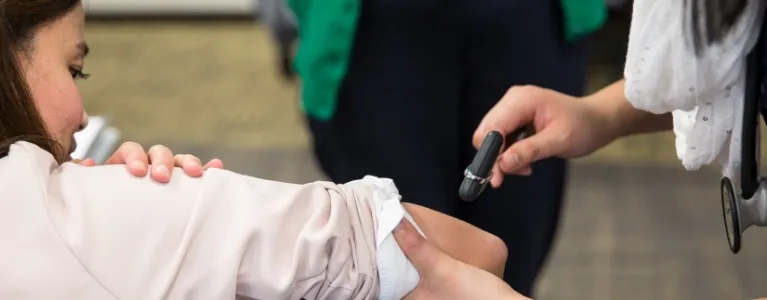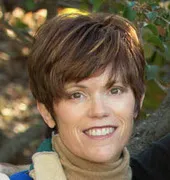
Impact lives and enhance the online Master of Science in Nursing at USC’s experience by becoming a preceptor. Our online Master of Science in Nursing (MSN) program is actively seeking preceptors for clinical rotations in the following health care settings:
- Adult primary care offices
- General Practice Clinics
- Community health centers
- Family practice offices (with 50 percent of provider panels in pediatrics)
- Internal medicine offices (with at least 30 percent of visits related to wellness)
- OBGYN
- Pediatric care offices
- Specialty Clinics
- Urgent care clinics
Rotation 1: Adult Patients
| HOURS | WEEKLY HOURS | PREFERRED FOCUS | CLINICAL SETTING OPTIONS | PRECEPTOR TYPE |
|---|---|---|---|---|
| 170 | 12 | Adult Wellness | Adult primary care office/clinic (preferred) Internal medicine office/clinic Family practice office or clinic. Community Health Center | NP, MD, DO |
Rotation 2: Childbearing and Childrearing
| HOURS | WEEKLY HOURS | PREFERRED FOCUS | CLINICAL SETTING OPTIONS | PRECEPTOR TYPE |
|---|---|---|---|---|
| 170 | 14 | Adult primary care/women’s health/geriatrics | Pediatric clinic Family practice office/clinic (only if more than 20 percent of provider panel is pediatrics) Community health center School-based clinics | NP, MD, DO |
Rotation 3: Adult Patients With Complex Issues
| HOURS | WEEKLY HOURS | PREFERRED FOCUS | CLINICAL SETTING OPTIONS | PRECEPTOR TYPE |
|---|---|---|---|---|
| 170 | 14 | Adult primary care/women’s health/geriatrics | Adult primary care office/clinic Internal medicine office/clinic Family practice office/clinic Community health center | NP, MD, DO |
Rotation 4: Family Primary Care
| HOURS | WEEKLY HOURS | PREFERRED FOCUS | CLINICAL SETTING OPTIONS | PRECEPTOR TYPE |
|---|---|---|---|---|
| 170 | 14 | Family practice adult/women’s health/geriatrics | Family practice office/clinic Adult primary care clinic Community health center Pediatric care office/clinic | NP, MD, DO |
Why Become a Preceptor?
Benefits
The benefits of becoming a preceptor are manifold, including the opportunity to mentor the next generation of nursing professionals and to continue making connections in the growing heath care community.
Preceptors are eligible to receive free access to USC library resources, which include clinical decision support systems, applications, textbooks, databases, journals, full-text articles and more. Additionally, opportunities for research and scholarship collaborations may be available to preceptors and certification boards allow continuing education credits for hours spent precepting. (See your specific board for details.)
Featured USC MSN-FNP Preceptor, Donna Cashdan, DO, FAAFP

Prior to starting Sherman Oaks Family Medicine, Inc. eleven years ago, Dr. Cashdan practiced medicine at a residency program in Glendale, CA, where she frequently taught medical students.
After launching her own practice, Dr. Cashdan realized she missed teaching students and decided to use her office to treat patients and educate physician assistant and nurse practitioner students.
Dr. Cashdan’s site is bustling with a diverse patient mix. USC’s MSN-FNP students get hands on training under her guidance and learn the ins and outs of running a health care business.
Dr. Cashdan trains her students on how to utilize electronic health records effectively and efficiently and how to best manage their time with patients. In addition, Dr. Cashdan’s student learn how to treat patients of all ages and address urgent care matters and well visits.
Being a preceptor is a time commitment, but according to Dr. Cashdan, it is worth the experience.
“It’s so important for health care facilities to have nurse practitioners in practice. They have an extensive knowledge base and are great with patients,” said Dr. Cashdan. “I like USC. I am really impressed with the students and their level of education.”
Why Become a Preceptor?
If you are interested in becoming a preceptor or learning more about the benefits of this unique opportunity, email Clinical Placement Director, Cynthia Sanchez, at sanc662@usc.edu.


